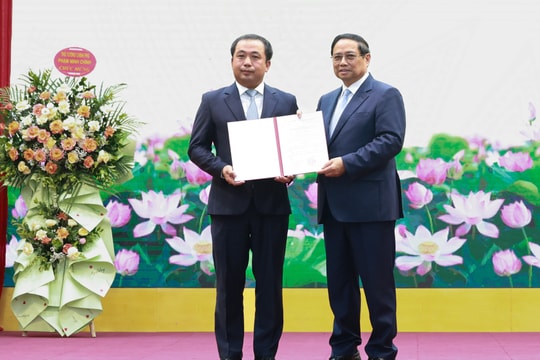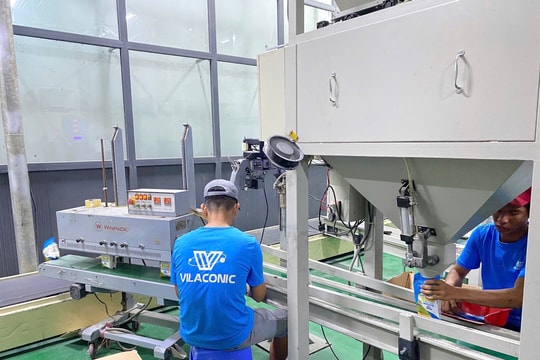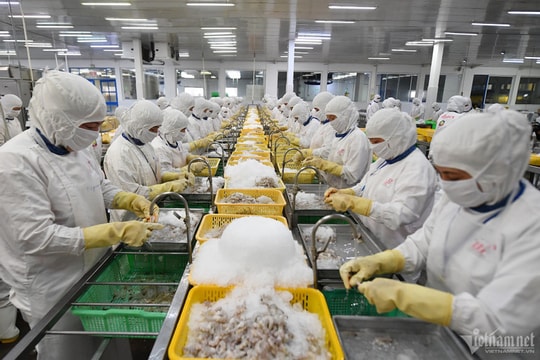Vietnamese rice exports hit a peak, demonstrating its strength to surpass Thailand
While most agricultural exports faced difficulties in the first months of 2020, rice exports unexpectedly increased sharply. Vietnam's billion-dollar strength is expected to surpass Thailand.
Global reserves increase, Vietnamese rice sets record price
According to the January 2020 Rice Industry Overview report of the US Department of Agriculture, rice production in the 2019-2020 crop year in many countries will decrease sharply. In particular, China and India are expected to have a large decrease in rice production, expected to decrease by 1.8 million tons to 146.7 million tons (China) and decrease by 1.4 million tons to 115 million tons (India) due to reduced acreage. These are the two largest rice producing countries in the world, accounting for more than half of global rice production.
Similarly, US rice production is forecast to decline by nearly 1.2 million tonnes, mainly due to low acreage in the southern rice growing region.
Global rice consumption is forecast to reach a record 493.8 million tonnes, down just 0.2 million tonnes from the November forecast but 1% higher than a year earlier. Global stocks will be at a record 177.8 million tonnes, up 4.6 million tonnes from a year earlier in 2019-20.
Notably, Vietnam is one of the few countries with strengths in rice production and export, with output forecast to increase sharply as it enters the large harvest season. The Vietnamese rice industry can increase export volume at competitive prices.
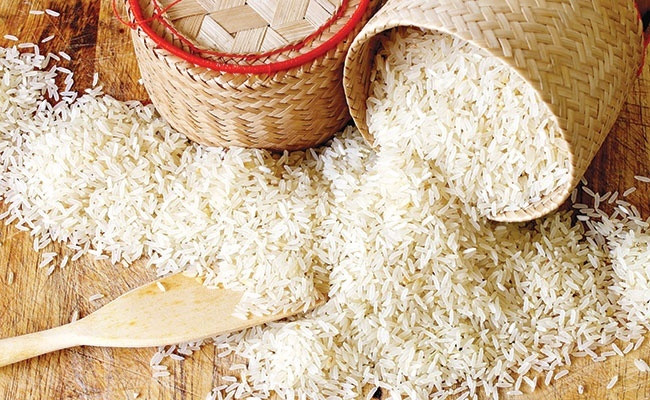 |
| Vietnam's rice export price has reached a record high since the end of 2018. |
Latest statistics from the Ministry of Agriculture and Rural Development show that rice exports in the first two months of 2020 reached 890,000 tons (up 27% over the same period in 2019), with export value reaching 410 million USD (up 32.6%).
Notably, the price of 5% broken rice in Vietnam skyrocketed to 380 USD/ton, a record high since December 2018. IR 50404 rice with 5% broken rice increased from 30-40 USD/ton, but there was no rice to sell.
In the domestic market, rice prices also tend to increase. Currently, businesses in the Mekong Delta buy wet rice at the field at a price ranging from 4,400 to 5,400 VND/kg, 300 to 500 VND/kg higher than the beginning of the season; only IR50404 rice variety consumed in the domestic market has a low price, about 4,400 VND/kg. Of which, the price of long grain rice is 300-800 VND/kg higher than regular rice.
The price of rice purchased at the enterprise's warehouse is 5,400-6,400 VND/kg, which is 1,000 VND/kg higher than the average price of fresh rice sold at the farmer's field. Many traders and enterprises have come to the farmer's field to deposit and sign long-term contracts to purchase rice at the price of 5,000-5,200 VND/kg.
Golden opportunity for Vietnamese rice export
Talking to VietNamNet reporter about Vietnam's rice export prospects this year, Prof. Dr. Vo Tong Xuan, an expert in the rice industry, said that the picture of Vietnam's rice export this year is expected to be good, with both quantity and price increasing.
According to Professor Vo Tong Xuan, agriculture in general and rice in particular depend heavily on the weather. If the weather is favorable, output will increase and vice versa. Accordingly, Thailand - the world's second largest rice exporter - is suffering great damage due to drought and salinity. The country's rice output has decreased by nearly 2 million tons. The Philippines and Indonesia are lacking rice and have to import huge quantities from Vietnam.
While Vietnam is also suffering from drought and salinity, only a small area of about 28,000 hectares of rice is affected. Therefore, Vietnam's rice supply is abundant, not to mention that the two previous rice crops of our country were both successful, with a sharp increase in output.
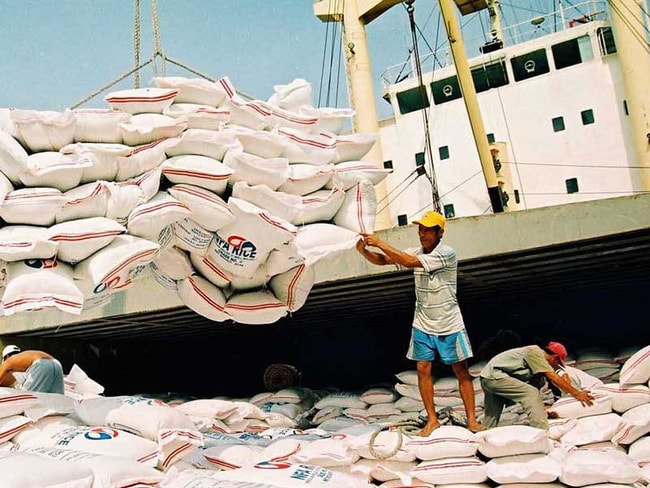 |
| Vietnam's rice exports are expected to grow strongly this year. |
In particular, Vietnam has the advantage of possessing short-term rice varieties, which can be harvested quickly and have good quality rice. Therefore, we can produce 2-3 crops per year.
“Although Thailand has 10 million hectares of rice growing area, it is very afraid of this advantage of Vietnam. Because their rice varieties are long-term varieties, only able to be cultivated for one crop, while our country can cultivate for 2-3 crops,” Mr. Xuan shared.
According to Mr. Xuan, the Covid-19 epidemic is complicated and spreading rapidly in the world, the demand for rice reserves in countries, especially China, will increase. Therefore, Vietnamese rice has the opportunity to boost exports. Not to mention, compared to Thailand and India - two competitors of Vietnamese rice, our rice export price is lower, so we have a competitive advantage, regaining market share in large markets.
Recently, the Chairman of the Thai Rice Exporters Association, Charoen Laothamatat, also commented that this year, Vietnam could overtake Thailand in rice exports in the context of extremely fierce market competition, increasing rice production costs in Thailand, fluctuating baht exchange rate and threatening drought. Therefore, in 2020, the Thai Rice Exporters Association only set an export target of 7 million tons, the lowest level in the past 7 years.
In fact, it is entirely possible that Vietnam will overtake Thailand as the world's second largest rice exporter. The Vietnam Food Association believes that Vietnam's rice exports in 2020 will have many prospects due to the positive impact of new-generation free trade agreements, as well as changes in the supply and demand factors of the world market.
Sharing on this issue, Mr. Tran Thanh Hai - Deputy Director of the Import-Export Department (Ministry of Industry and Trade) said that according to the Vietnam - EU Free Trade Agreement (EVFTA), in addition to import tax, Vietnam and the EU will apply tariff quotas to a few goods originating from the other side, including many goods that are Vietnam's strengths. Typically, some types of rice are subject to a quota of 40,000 tons and will be exempt from import tax.
Obviously, this is a golden opportunity for Vietnamese rice exports, because in the past, many rice products exported to the EU market had to pay import tax from 5-45%, even some countries in the bloc applied tax rates of up to 100%, Mr. Hai said.


